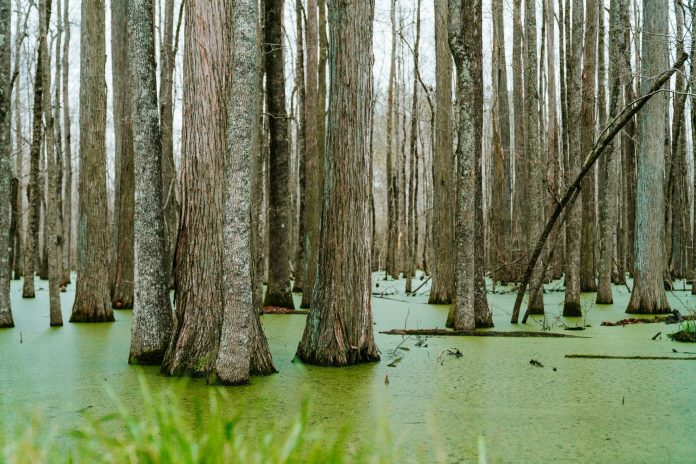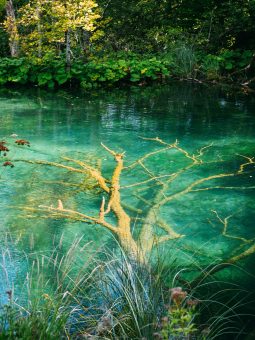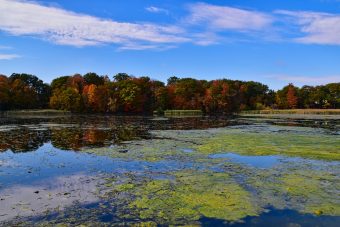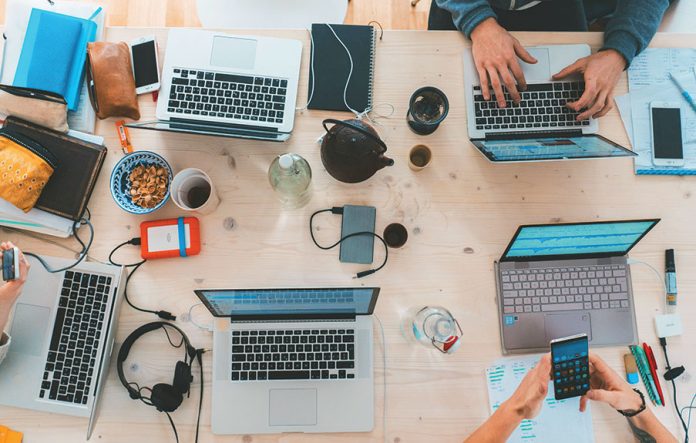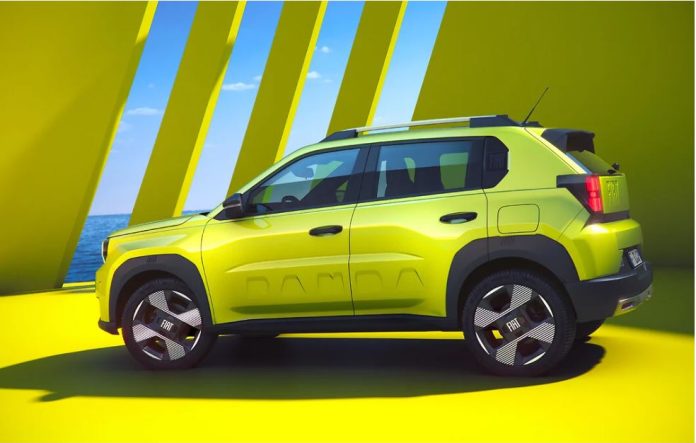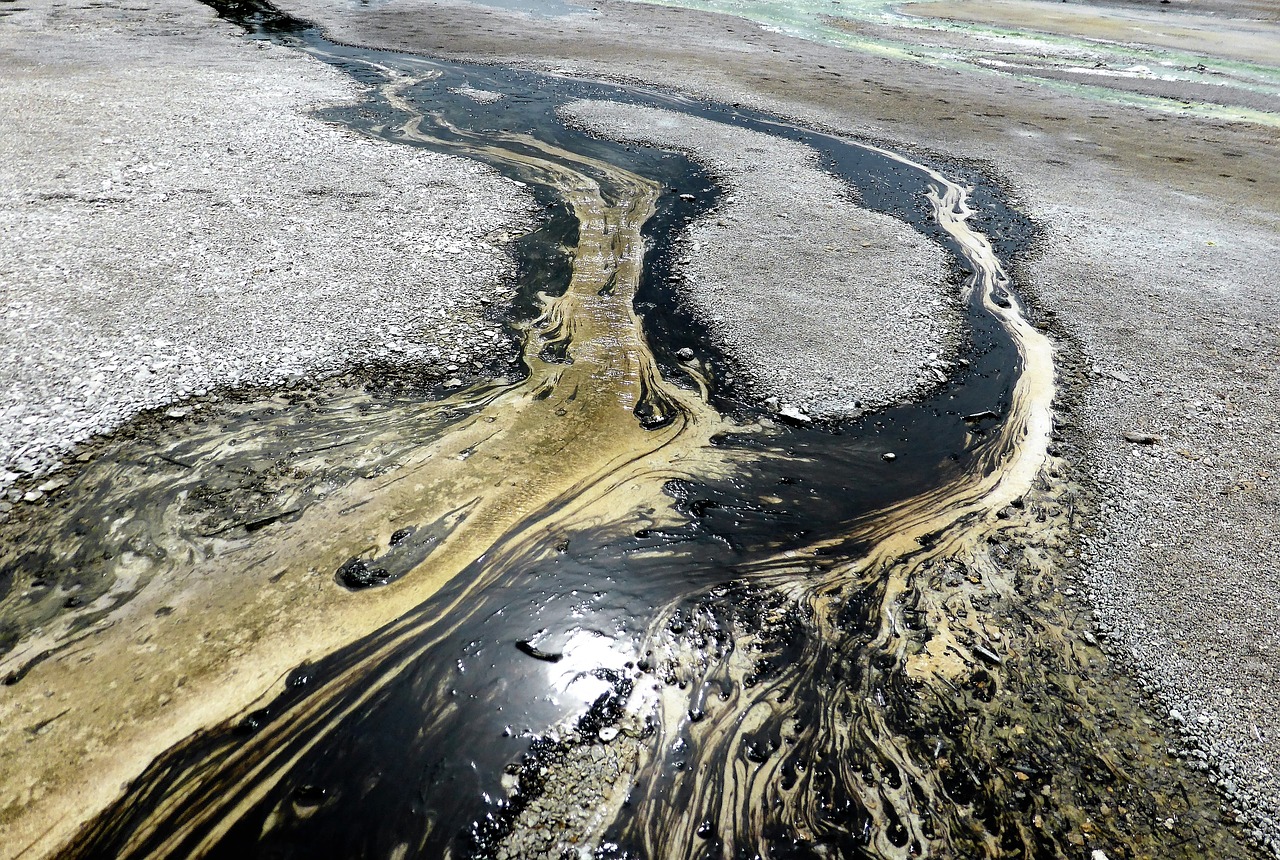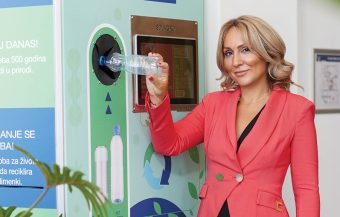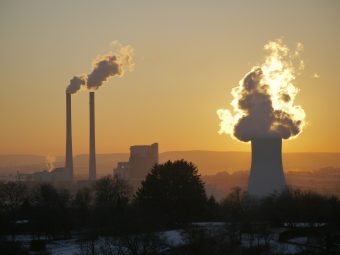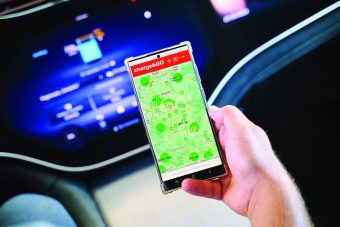
People are constantly looking for ways to save. Although we often hesitate to invest significant funds if the return period is long, electric vehicles—which will gradually become more accessible—prove to be an option that offers advantages even when considering short-term effects. In our region, there is still skepticism toward electric vehicles, often supported by the usual tendency of people to look for and absorb only information that confirms their original and, of course, always correct opinion.
Therefore, a handful of arguments such as ‘there are not enough chargers for all users’ or ‘electric vehicles are not practical for long journeys’ often overshadow the numerous advantages, like reduced noise and pollution, savings on charging compared to fuel costs, and other benefits. It is precisely these kinds of established arguments that Charge&GO, a company that has been developing a network of chargers and supporting electric vehicle drivers in Serbia for years, whether they are local drivers or transit users, aims to address. The invested effort is paying off – the number of charging sessions has increased from just a few dozen in 2020 to tens of thousands in 2024.
Due to its regenerative braking function, an electric car is a lifesaver for those regularly stuck in city traffic. When we also consider highly volatile fuel prices and the announcements from the relevant ministry about all the benefits expected for electric car owners – such as lower tolls and free parking – the savings would indeed be evident with every kilometer traveled. While there is still plenty of room to improve infrastructure, regulations, and other aspects, it cannot be denied that Serbia is making great strides towards electromobility.
If we consider fuel prices, which are very unstable, and the announcements of the relevant ministry about all the benefits awaiting electric car owners – such as lower tolls and free parking- the savings would be evident on every kilometer of the road. Although there is a lot of room for improving infrastructure, regulations, and other issues, the fact that Serbia is making great strides towards electromobility cannot be denied.
IN FOCUS:
- Recycling as the Key to Sustainable Development
- CBAM – Challenges and Opportunities for Exporters and Transition to Clean Energy
- Solar Energy as a Driver of Change
Easier Driving with the Charge&GO App
Charge&GO offers a solution that eliminates the worry of having enough funds in your account when recharging your vehicle’s battery. With over 4,500 users, their app allows for easy and efficient charging management. Thanks to integration with the largest e-roaming platform, users can create an account on the platform and gain access to a network of 400,000 chargers across Europe. After registration, users can enjoy specific benefits and better charging prices.
Chargers can be easily located via the map on the app, where users can check availability, connector type, and prices. Payment is automatically processed from the user’s account after entering the payment card. There is an option for one-time payments for those who do not wish to register. Additionally, Charge&GO’s customer support is available 24/7 for any questions or issues.
Call for Proposals and Collaboration
The Charge&GO company invites interested parties to submit proposals for new charger locations via the e-mail address elektropunjaci@ chargego.rs and request offers for the integration of their chargers into the Charge&GO platform.
Additionally, the company offers installation of chargers on a turnkey basis, whether AC or DC models. The expert team conducts an on-site evaluation, assesses the location, and handles the entire project – from planning to installation. For anyone who is not sure how to start the charging process or has any doubts, Charge&GO engineers are available to provide answers to all questions.
Whether at gas stations, business premises, hotels, or home setups, Charge&GO provides solutions tailored to users’ needs and capacities. By constantly expanding the network, the company is working to overcome misconceptions and make e-mobility a practical and accessible option for everyone. With its efforts, Charge&GO enables users to enjoy the everyday benefits of electric driving.
Prepared by Milica Vučković
The story was published in the Energy portal Magazine RESPONSIBLE BUSINESS


